North Korea fired a long-range ballistic missile, a weapon capable of threatening the US base in Guam, in its first launch of 2024.
The South Korean Joint Chiefs of Staff said North Korea launched a ballistic missile from an area near the capital Pyongyang into the sea east of the peninsula at 2:55 p.m. today. The missile landed about 1,000 kilometers from the launch pad.
This is North Korea's first ballistic missile launch in 2024, coming nearly a month after the country fired a Hwasong-18 ICBM.
"We quickly detected the launch, tracked its flight path, shared information with the US and Japan, obtained very comprehensive data and are analyzing it," the South Korean Joint Chiefs of Staff said.
The Japanese Coast Guard said the missile fell outside the country's exclusive economic zone.
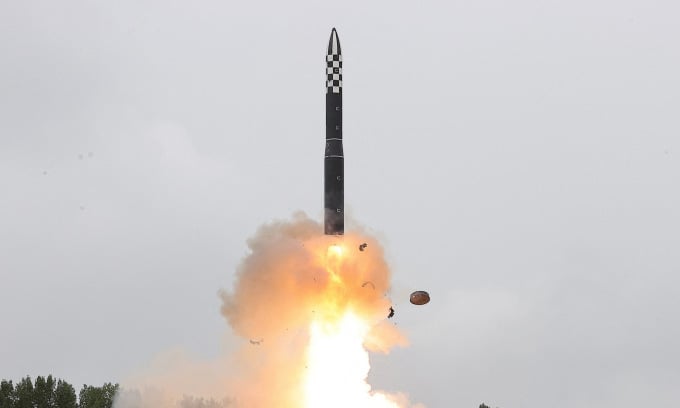
The Hwasong-18 missile was test-launched by North Korea in July 2023. Photo: KCNA
South Korea has not yet determined the specific type of projectile, but believes it is an intercontinental ballistic missile (IRBM), a weapon with a range of 3,000-5,500 km. This makes an IRBM launched from North Korea capable of threatening key US bases on Guam Island, located about 3,500 km from the Korean Peninsula.
Pyongyang has not commented on the information.
South Korean Defense Minister Shin Won-sik said last week that North Korea may soon test a new solid-fuel IRBM model, as well as fire a long-range ballistic missile at an optimal firing angle to test the weapon's performance.
In November 2023, North Korea announced the successful test of a high-thrust solid-fuel engine for an IRBM. Solid-fuel engines have a number of advantages over liquid-fuel engines, although they are much more difficult to develop and manufacture.
They do not require much fuel before launch, increasing their mobility, making them difficult to detect by enemy reconnaissance systems and being able to be deployed from a variety of locations. Solid-fuel missiles also require less time, maintenance and movement than liquid-fueled missiles.
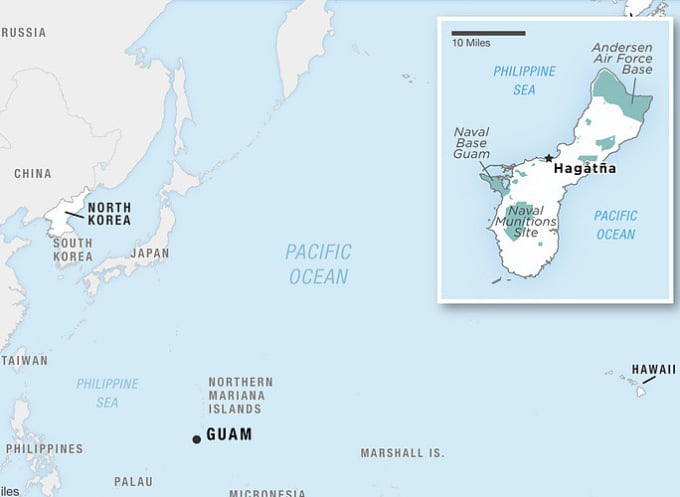
Location of Guam and US bases on the island. Graphic: NPR
Developing solid-fuel ballistic missiles is one of Pyongyang’s key goals, aiming to increase the survivability of its strategic missile force in the event of a conflict. Most of North Korea’s ballistic missiles still use liquid-fuel engines, but the country successfully tested the solid-fuel Hwasong-18 model in April 2023, with an estimated range of 15,000 km.
Vu Anh (According to Yonhap, Reuters )
Source link








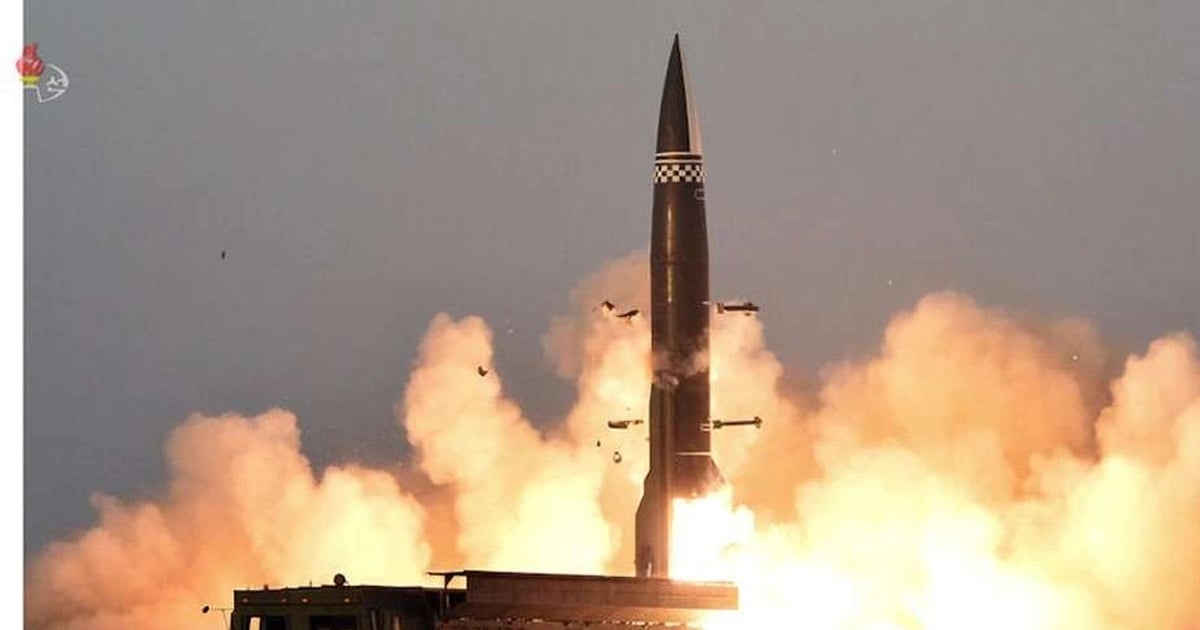

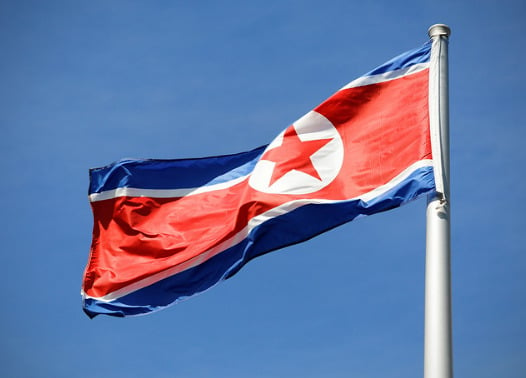

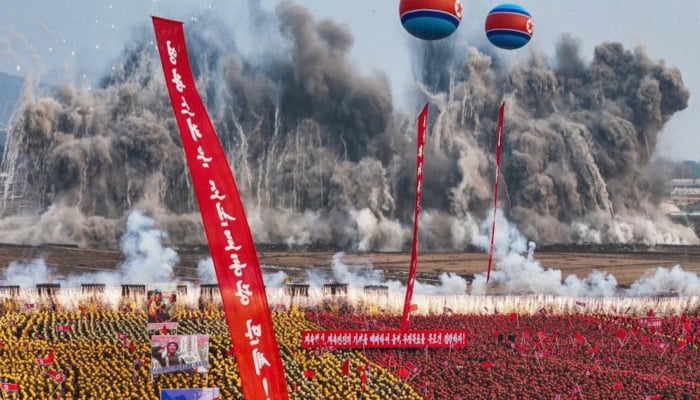
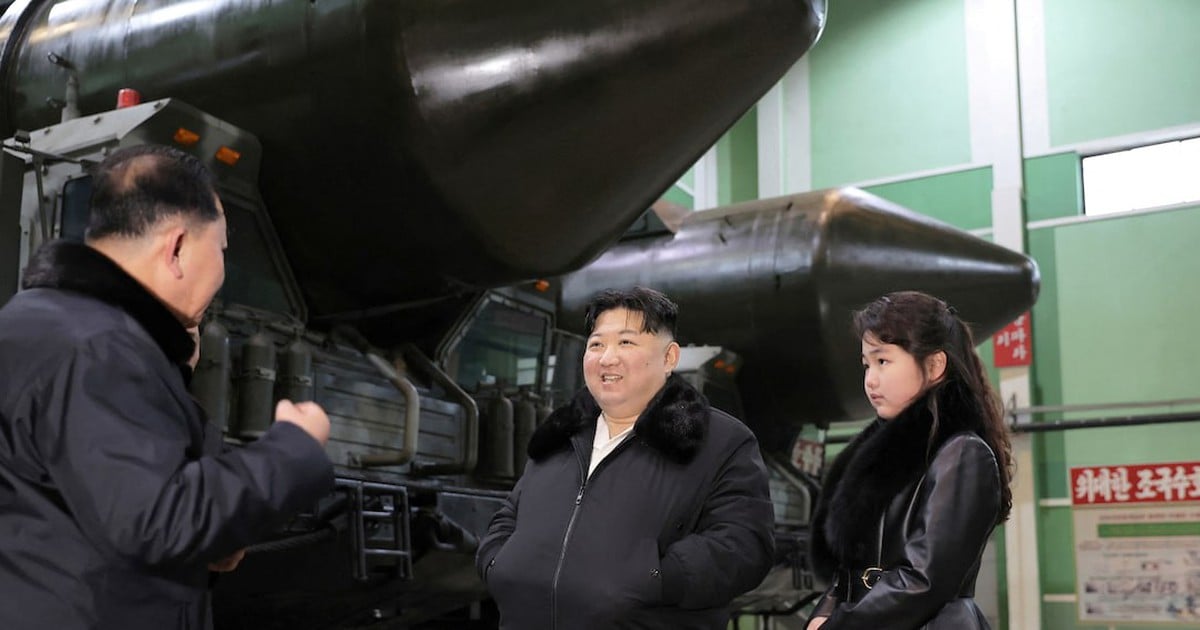

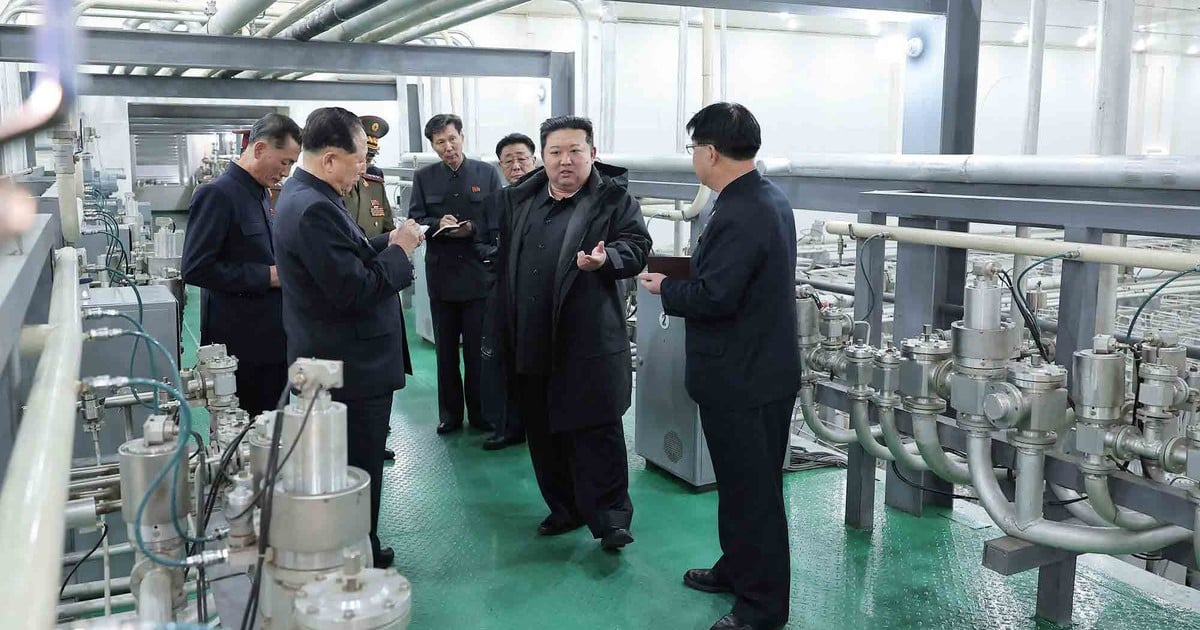



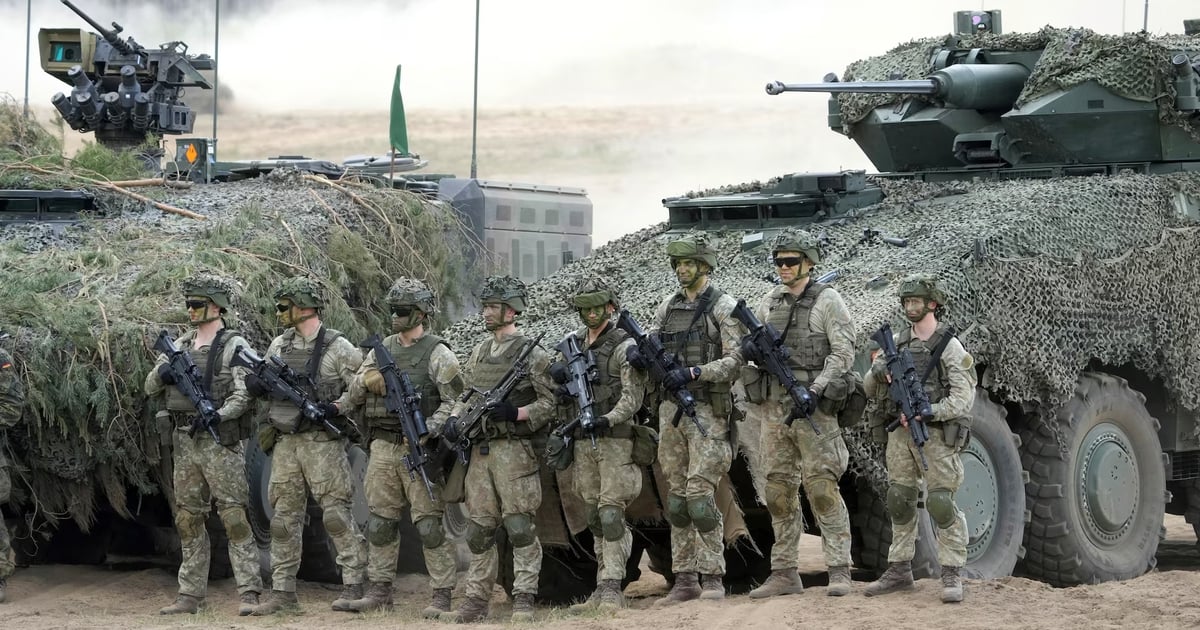


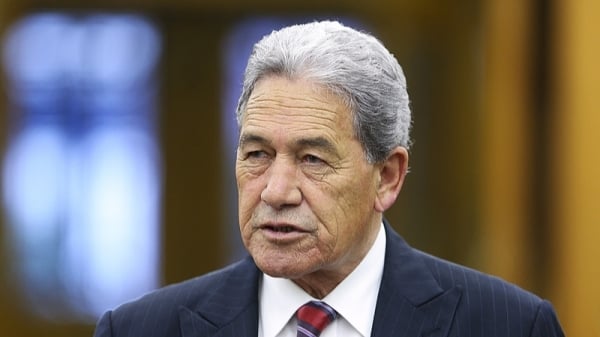


















Comment (0)